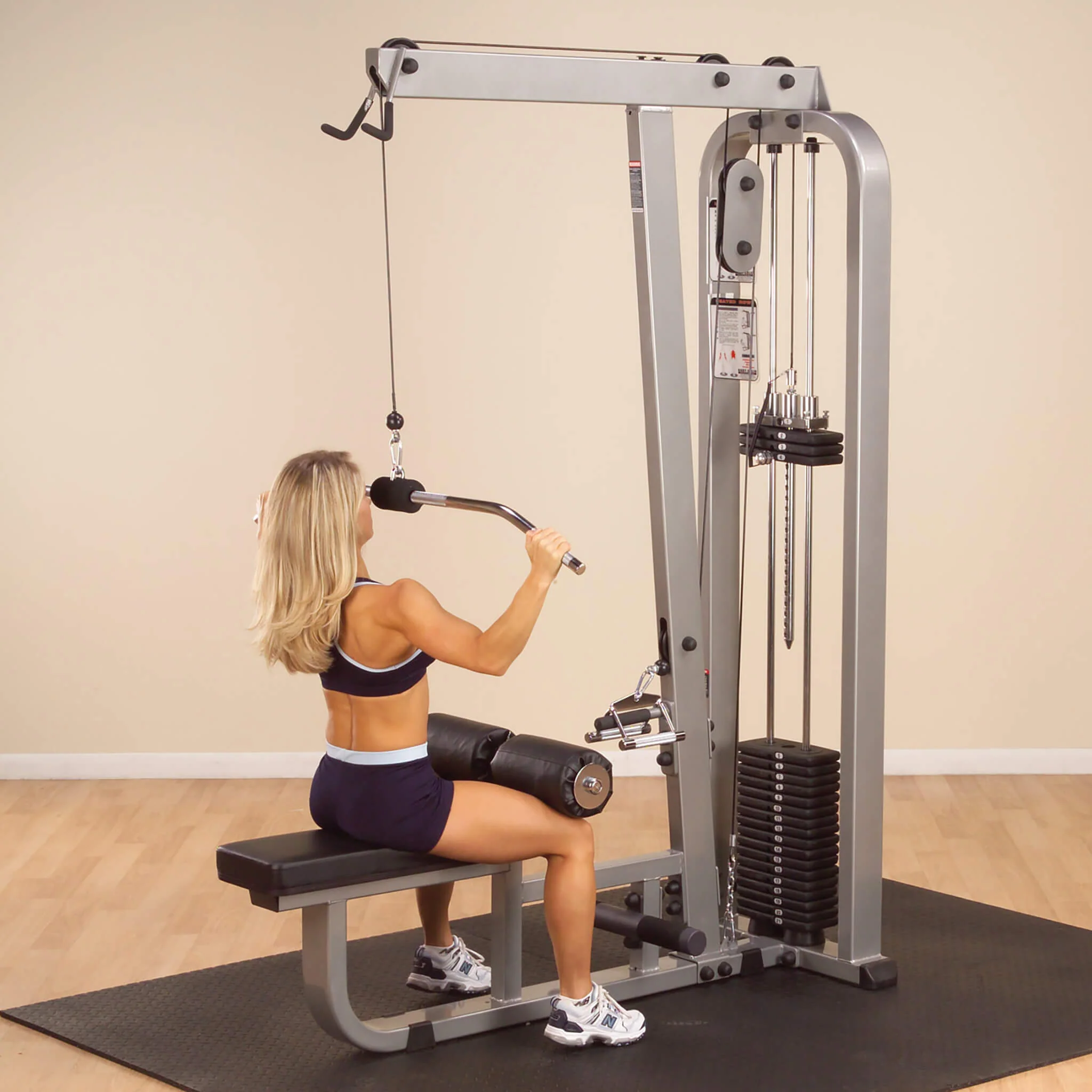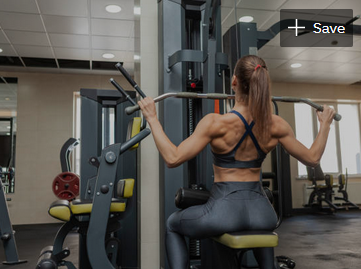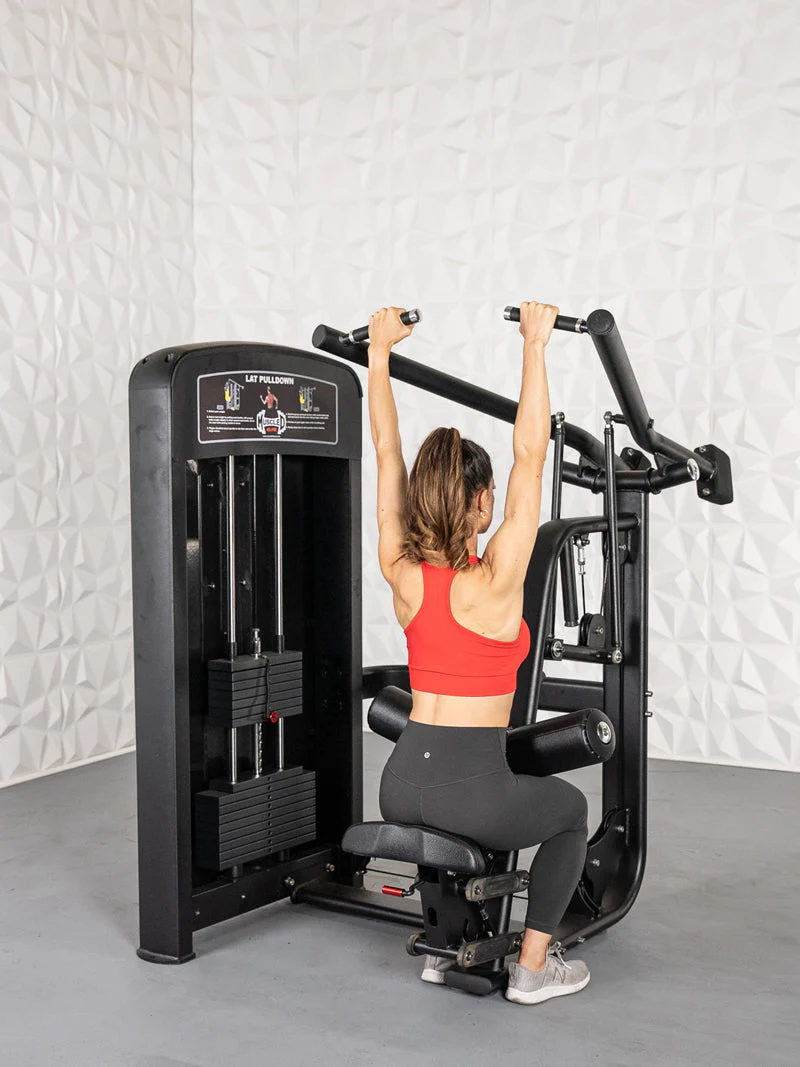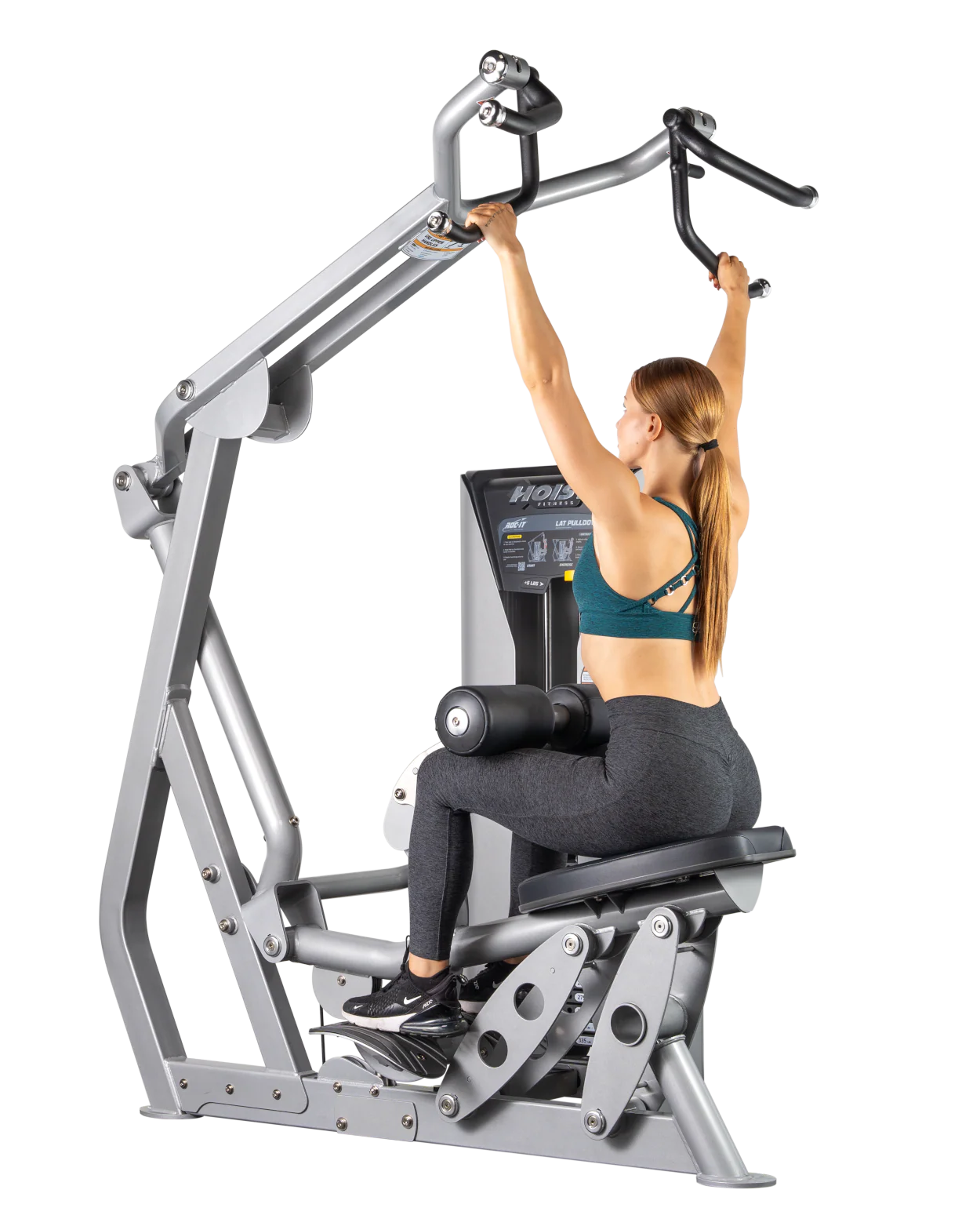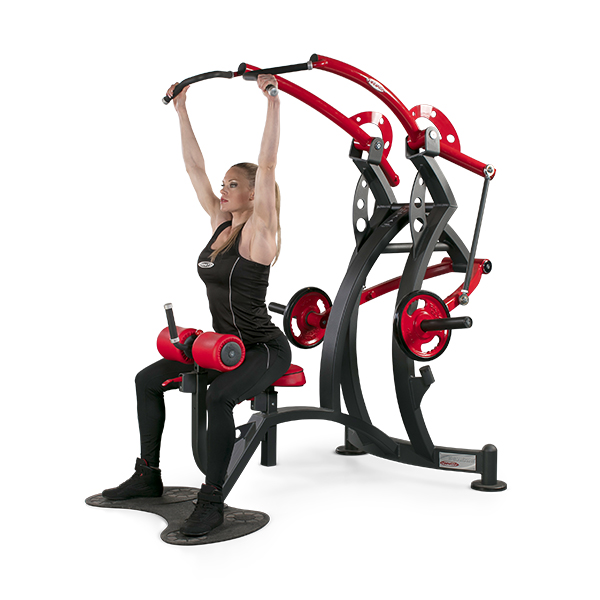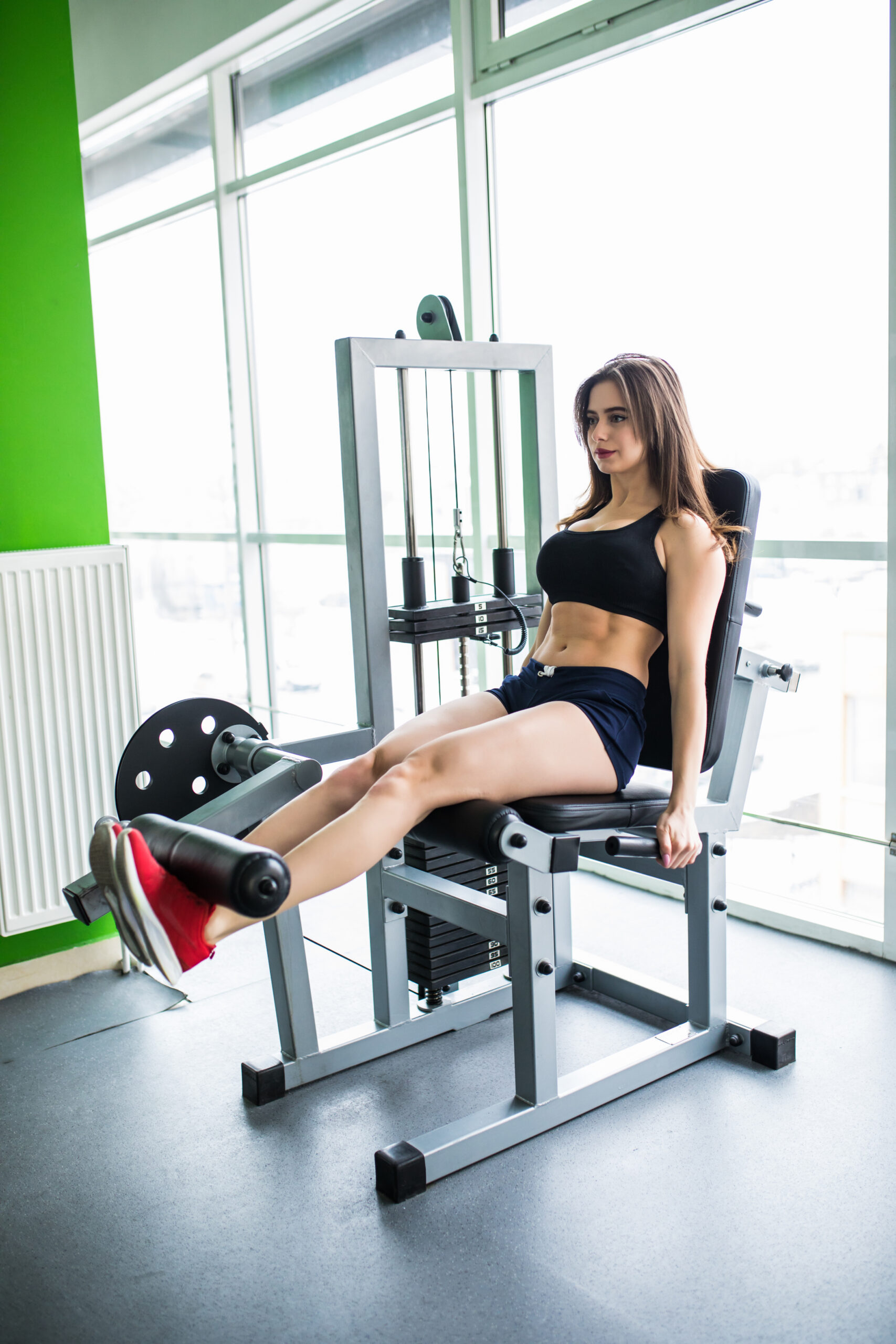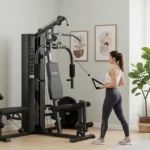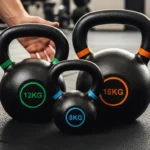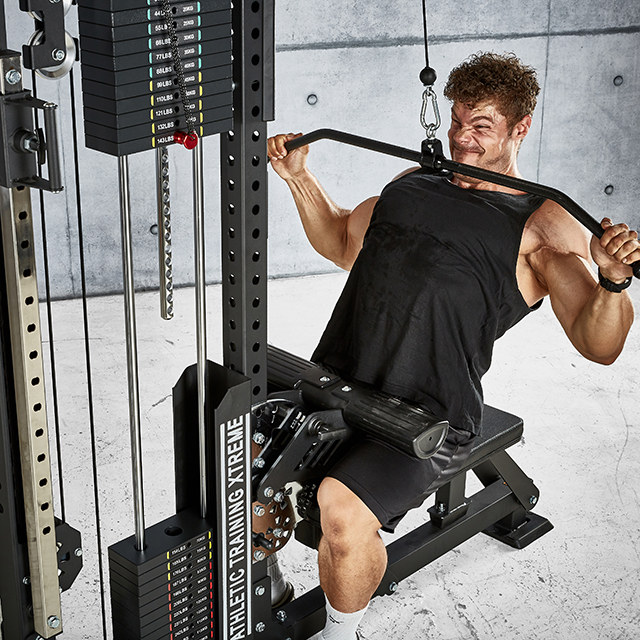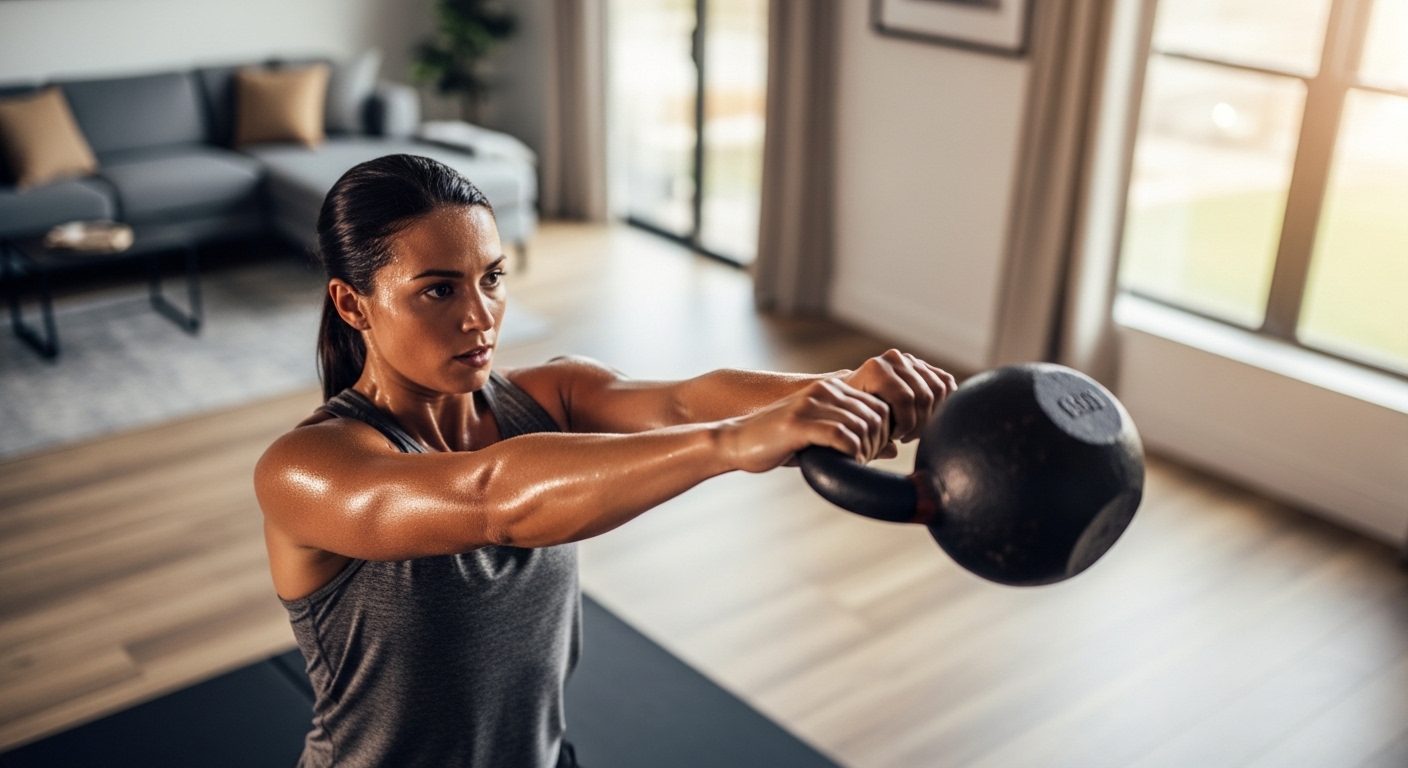By Jodie Carter, Certified Personal Trainer (REPS Level 3) & Home Gym Specialist
Setting up a home gym can feel overwhelming, especially when faced with countless lat pulldown machine options ranging from £200 to over £2,000. As a certified personal trainer with 8 years of experience helping clients build home gyms, I’ve seen firsthand how the right equipment choice can make or break your fitness journey.
The “best” lat pulldown machine depends entirely on your specific needs, space constraints, and long-term goals. Making the wrong choice means wasted money and equipment that doesn’t grow with you. However, choosing correctly sets you up for years of effective back training.
This expert guide covers everything you need to know to make an informed decision, backed by my experience training over 500 clients and testing dozens of machines personally.
Understanding Different Lat Pulldown Machine Types
All-in-One Multi-Station Machines
Multi-station machines combine lat pulldown functionality with other exercises, making them ideal for UK homes where space efficiency is crucial.
Key Features:
- Integrated weight stack (45-80kg)
- Multiple exercise stations
- Compact footprint
- Built-in instruction charts
Best For: Beginners wanting variety in limited space
Expert Tip: After setting up your machine, you’ll want to learn proper form. Check out our comprehensive guide to lat pulldown machine exercises for beginners to maximize your investment.
Dedicated Lat Pulldown Stations
These focus exclusively on lat pulldown movements, often providing superior biomechanics and build quality.
Advantages:
- Optimized pulldown experience
- More durable construction
- Smoother operation
- Better long-term value
Best For: Serious beginners focused on back development
Cable Machine Systems
Adjustable cable systems offer ultimate versatility through various attachments and pulley positions.
Benefits:
- Unlimited exercise variety
- Smooth, consistent resistance
- Functional movement patterns
- Scalable progression
Best For: Beginners planning rapid advancement
Essential Features for Beginners
Weight Stack vs Plate-Loaded Systems
Weight Stack Systems:
- Pros: Convenient, safe, consistent increments
- Cons: Limited maximum weight, higher cost
- UK Cost: £400-800
Plate-Loaded Systems:
- Pros: Unlimited weight potential, lower initial cost
- Cons: Requires separate plates, time-consuming changes
- UK Cost: £200-400 + £150-300 for plates
Expert Recommendation: New to strength training? Start with a weight stack system for safety and convenience.
Critical Safety and Quality Features
Pulley System Quality:
- Sealed ball bearings (not plastic bushings)
- Heavy-duty steel cables (minimum 4mm diameter)
- Smooth operation throughout full range
Safety Elements:
- Wide, stable base
- Weight stack enclosures
- Positive locking mechanisms
- CE certification for UK market
Space Planning for UK Homes
Minimum Requirements
Floor Space: 2m × 1.5m minimum Ceiling Height: 2.2m minimum, 2.4m preferred Access Space: Additional 0.5m around machine
UK-Specific Considerations
- Standard ceiling heights: 2.3m-2.5m
- Victorian terraces: Often 2.7m+ (ideal)
- Modern apartments: 2.2m-2.4m (measure carefully)
- Door widths: 762mm standard (check delivery requirements)
Pro Tip: Measure twice, buy once. I’ve seen too many clients struggle with machines that don’t fit properly.
Budget-Friendly Expert Recommendations
Best Value Under £300
HOMCOM Multifunction Pulldown Machine (£280-320)
- 45kg integrated weight stack
- Seven exercise stations
- Compact UK home-friendly design
- CE safety certification
Premium Choice (£650-800)
FIT4HOME Multifunctional Equipment
- 80kg professional weight stack
- Commercial-grade construction
- 24-month warranty
- UK service support
Getting Started: Your First Steps
Once you’ve chosen your machine, proper setup is crucial. Start with our complete beginner’s guide to lat pulldown machines to understand the basics before diving into equipment selection.
Assembly and Setup Tips
Pre-Assembly Checklist:
- Clear workspace (twice the machine’s footprint)
- Adequate lighting
- All required tools ready
- Plan 2-6 hours for assembly
Safety Testing Protocol:
- Visual inspection of all connections
- Range of motion test without weight
- Light load testing
- Progressive loading with monitoring
Choosing the Right Equipment for Your Goals
If You’re Deciding Between Machine Types
Still weighing your options? Our detailed comparison of lat pulldown machines vs pull-ups can help you understand whether a machine is right for your specific situation.
For Serious Buyers
Before making a final decision, read our expert lat pulldown machine reviews where I personally test and evaluate the top models available in the UK market.
Essential Accessories and Setup
Must-Have Accessories
Grip Attachments:
- Wide lat bar (usually included)
- Close-grip V-bar (£20-40)
- Neutral-grip multi-bar (£40-80)
Starting Weight Plates (if needed):
- 4 × 5kg plates = 20kg
- 2 × 10kg plates = 20kg
- 2 × 2.5kg plates = 5kg
- Total starter set: 45kg (adequate for most beginners)
Hidden Costs to Consider
- Weight plates: £100-200 (if plate-loaded)
- Professional assembly: £50-150
- Accessories: £50-150
- Maintenance supplies: £30-60 annually
Common Beginner Mistakes to Avoid
Red Flags in Product Descriptions
Warning Signs:
- Vague weight capacity specs
- No warranty information
- Missing CE certification
- “Commercial quality” at consumer prices
Why Cheap Isn’t Always Better
True Cost Analysis:
- Cheap machine (£150): Initial + £100 repairs + £200 replacement = £450 over 2 years
- Quality machine (£350): Initial + minimal maintenance = £370 over 5+ years
Your Training Journey Starts Here
Structured Approach to Success
Once your machine is set up, don’t wing it. Follow our complete 8-week lat pulldown workout plan for beginners to see real results from your investment.
Expert Recommendations by User Type
Space-Constrained (Small UK Homes):
- Wall-mounted systems
- Compact multi-stations
- Ceiling height priority
Budget-Conscious Beginners:
- Plate-loaded systems
- Basic multi-stations under £300
- Focus on safety features
Long-Term Fitness Goals:
- Premium multi-stations
- Commercial-grade components
- Expandable weight systems
Frequently Asked Questions
Q: What ceiling height do I need? A: 2.2m minimum, 2.4m preferred. Always measure your specific space and compare to machine specs plus your seated reach.
Q: Weight stack or plate-loaded? A: Weight stacks offer convenience and safety for beginners. Plate-loaded systems cost less initially but require separate plate purchases.
Q: Can I assemble it myself? A: Most beginners can handle basic machines with patience. Complex multi-stations may benefit from professional assembly.
Final Expert Recommendations
After 8 years of training clients and testing equipment, here’s my honest advice:
- Start with quality basics – A £350 machine that lasts 5 years beats a £150 machine that breaks in 6 months
- Measure everything twice – UK homes have unique space constraints
- Plan for progression – Choose equipment that grows with your strength
- Don’t skip safety – CE certification and proper warranties matter
Your home gym journey starts with choosing the right lat pulldown machine. Focus on quality construction, proper sizing, and features matching your current level while allowing reasonable progression.
Remember: The best machine is the one you’ll use consistently, not necessarily the most expensive option available.

Jodie Carter is a REPS Level 3 certified personal trainer with over 8 years of experience in strength training and home gym design. She holds qualifications in exercise physiology and has helped over 500 clients design effective home workout spaces. Jodie regularly contributes to UK fitness publications and maintains continuing education in the latest exercise science research.
Disclosure: This article contains affiliate links to products I personally use and recommend. When you purchase through these links, I may earn a small commission at no additional cost to you. All recommendations are based on my genuine experience and testing—I only recommend products I actually use in my own home.

